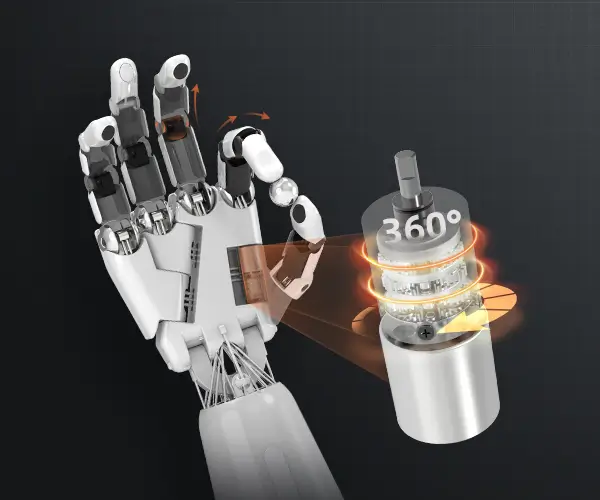Imagine diving into the world of modern development, where building scalable apps isn’t just a dream anymore. Microservices have taken the tech scene by storm, but starting small … that’s always a challenge. Many ask, “Where do I even begin?” That's where a solid tutorial for beginners becomes your best companion. Especially when it’s tailored for the .NET environment, which is already a favorite among developers for its robustness.

Now, picture this: you’re eager to understand how to break down monolithic apps into smaller, manageable pieces. A good microservices tutorial walks you through the core concept—each microservice handling a specific task or business capability. Think about online shopping: instead of one giant app, you get separate services for product catalog, user accounts, order processing, and payments. Each part can develop independently, scale when needed, and update without causing chaos. That kind of flexibility is a game-changer.
But how do you even get started with .NET? Well, a beginner-friendly tutorial doesn’t just toss code at you. It takes you on a journey—covering the basics like setting up your environment, understanding RESTful APIs, and working with containers like Docker. You’ll see real examples, deliberate step-by-step instructions, which make the leap into microservices less intimidating. And what about handling data? Managing transactions or ensuring consistency? An insightful tutorial explores these pain points and shows you practical solutions.
One common question: "Is it all too complicated?" It’s a fair concern. But part of the magic of a good guide is demystifying complex ideas. Imagine seeing the flow of data between services, visualized like a well-choreographed dance—each move precise, intentional. That visual clarity makes it easier to grasp why microservices improve system resilience and deployment agility.
You might wonder, “Can I really do this on my own?” Absolutely. Tutorials tailored for beginners are designed to empower, not overwhelm. They often include mini-projects or exercises—like creating a simple inventory service or a user registration system that communicates with your other microservices. It’s about hands-on learning, which sticks better than just reading dry theory.
Does it sound a bit nerve-wracking? Sure. But here’s the thing: stepping into microservices with the right guidance flips the switch in your mind. Suddenly, the big picture is clearer—divide and conquer becomes your motto. It’s about mastering the foundations first, then watching your projects scale effortlessly.
So, if you’re curious about how to leverage .NET for microservices or just want a smooth entry point, this type of tutorial might be what you need. It’s practical, insightful, and designed to turn confusion into confidence—all while fueling your passion for building smarter, faster applications. And who knows? Maybe one day, your microservices architecture becomes the example others are eager to learn from.
Established in 2005, Kpower has been dedicated to a professional compact motion unit manufacturer, headquartered in Dongguan, Guangdong Province, China. Leveraging innovations in modular drive technology, Kpower integrates high-performance motors, precision reducers, and multi-protocol control systems to provide efficient and customized smart drive system solutions. Kpower has delivered professional drive system solutions to over 500 enterprise clients globally with products covering various fields such as Smart Home Systems, Automatic Electronics, Robotics, Precision Agriculture, Drones, and Industrial Automation.




































